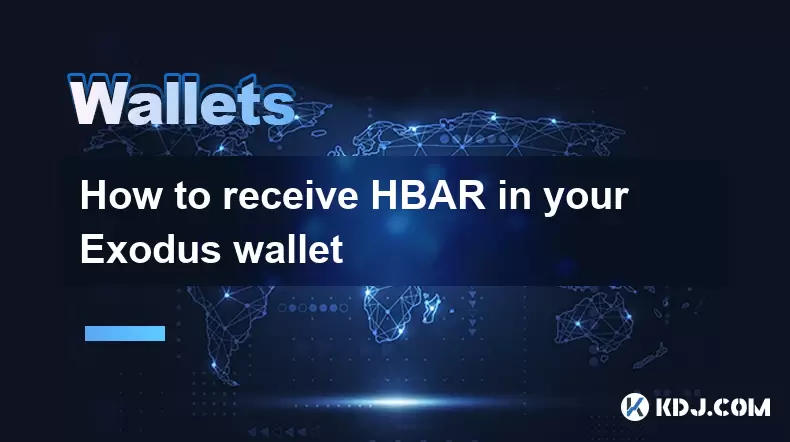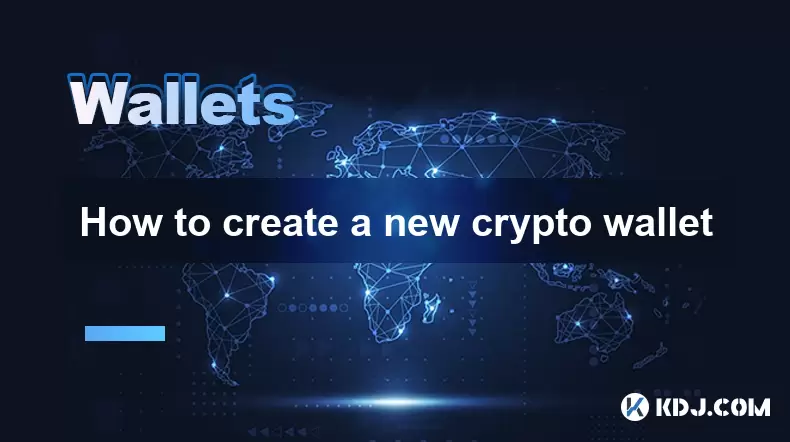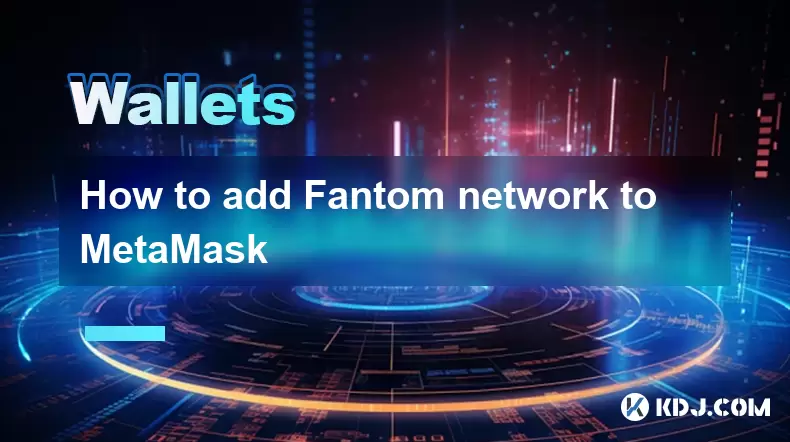-
 Bitcoin
Bitcoin $116700
0.24% -
 Ethereum
Ethereum $3973
4.34% -
 XRP
XRP $3.283
7.68% -
 Tether USDt
Tether USDt $1.000
0.01% -
 BNB
BNB $789.8
2.27% -
 Solana
Solana $176.2
3.31% -
 USDC
USDC $0.9999
0.00% -
 Dogecoin
Dogecoin $0.2238
5.14% -
 TRON
TRON $0.3389
-0.51% -
 Cardano
Cardano $0.7907
4.03% -
 Stellar
Stellar $0.4527
10.02% -
 Hyperliquid
Hyperliquid $41.07
4.27% -
 Sui
Sui $3.794
1.77% -
 Chainlink
Chainlink $19.49
10.40% -
 Bitcoin Cash
Bitcoin Cash $580.9
0.74% -
 Hedera
Hedera $0.2617
4.32% -
 Avalanche
Avalanche $23.41
3.67% -
 Ethena USDe
Ethena USDe $1.001
-0.03% -
 Litecoin
Litecoin $122.4
1.38% -
 Toncoin
Toncoin $3.364
1.49% -
 UNUS SED LEO
UNUS SED LEO $8.988
0.37% -
 Shiba Inu
Shiba Inu $0.00001295
2.82% -
 Uniswap
Uniswap $10.62
5.75% -
 Polkadot
Polkadot $3.922
4.46% -
 Dai
Dai $1.000
0.01% -
 Bitget Token
Bitget Token $4.494
2.15% -
 Monero
Monero $268.0
-1.30% -
 Cronos
Cronos $0.1523
3.68% -
 Pepe
Pepe $0.00001127
4.43% -
 Aave
Aave $285.4
4.85%
How to manage your portfolio in Exodus wallet
Exodus Wallet offers a user-friendly, non-custodial platform to manage, swap, and track 200+ cryptocurrencies, with built-in exchange, staking, and portfolio analytics.
Aug 08, 2025 at 10:07 pm

Understanding the Exodus Wallet Interface
The Exodus wallet is a non-custodial cryptocurrency wallet that supports a wide range of digital assets. When you first open the application, you are presented with a clean, intuitive dashboard that displays your total portfolio value, individual asset balances, and price charts. The main interface is divided into several sections: the asset list, the portfolio overview, and the exchange and send buttons. Each cryptocurrency you own appears as a tile, showing the amount held and its current value in your selected fiat currency.
To navigate effectively, ensure you're logged into your correct wallet instance. If you've previously set up Exodus, you can restore using your 12-word recovery phrase. This phrase is crucial for accessing your funds across devices. Once inside, the left-hand sidebar allows switching between Wallet, Exchange, Send, Buy, and Settings. The Wallet tab is where portfolio management primarily occurs.
Adding and Organizing Cryptocurrencies
Exodus supports over 200 cryptocurrencies, and new ones are frequently added. To add a new coin or token to your portfolio, click the plus (+) icon in the asset list. A search bar will appear, allowing you to type the name or ticker symbol of the cryptocurrency. Once selected, it will appear in your wallet immediately, even if your balance is zero. This helps in tracking potential future investments.
If you hold tokens on a specific blockchain, such as ERC-20 tokens on Ethereum, ensure the base asset (e.g., ETH) is already in your wallet, as transactions require gas fees. You cannot receive ERC-20 tokens without ETH for network operations. For organization, Exodus automatically groups assets by blockchain but does not allow manual folder creation. However, you can hide assets you’re not actively using by right-clicking on the asset tile and selecting “Hide.” Hidden assets can be restored anytime via the “Manage Assets” menu.
Tracking Portfolio Performance
Exodus provides real-time tracking of your portfolio’s performance through visual charts and data summaries. The portfolio graph at the top of the dashboard shows the historical value of your holdings over time—options include 1D, 1W, 1M, 3M, 1Y, and ALL. This graph reflects changes in both market prices and your transaction history.
Each asset tile displays the 24-hour price change in percentage and fiat value. Green indicates growth; red indicates loss. Clicking on any asset opens a detailed view showing balance, historical price chart, transaction history, and options to Send, Receive, or Exchange. You can also view your cost basis if you’ve used the wallet consistently, as Exodus tracks acquisition prices based on past transactions and exchanges.
For users who buy assets through integrated services like MoonPay or Wyre, purchase prices are automatically recorded. When swapping tokens internally via the Exchange feature, the transaction is logged with the effective rate and fees, contributing to accurate performance tracking.
Swapping Cryptocurrencies Within the Wallet
One of Exodus’s standout features is its built-in exchange aggregator. You can swap between supported cryptocurrencies directly within the wallet without leaving the app. To initiate a swap:
- Click on the asset you wish to exchange
- Select the Exchange button
- Choose the destination cryptocurrency from the dropdown
- Enter the amount you want to swap
- Review the estimated output, exchange rate, and network fees
- Confirm the transaction
Exodus compares rates from multiple liquidity providers such as ChangeNOW, Simplex, and Sideshift to offer competitive pricing. The entire process is non-custodial—your private keys never leave your device. Swaps typically complete within minutes, and the new asset appears in your wallet automatically. Note that some swaps may require a small amount of the destination chain’s native token (e.g., BNB for BSC swaps) to receive the funds.
Backing Up and Securing Your Portfolio
Security is paramount when managing a cryptocurrency portfolio. Exodus does not store your private keys or recovery phrase on its servers. All data is stored locally on your device. Immediately after setup, you must write down and securely store your 12-word recovery phrase. Without it, access to your funds cannot be recovered if your device is lost or damaged.
Enable desktop wallet encryption by setting a strong password in Settings > Security. This encrypts your wallet data on your device. For mobile users, ensure your device uses biometric locks or a strong PIN. Exodus does not support two-factor authentication (2FA) for wallet access, so physical device security is essential.
Regularly update the Exodus application to benefit from the latest security patches. Avoid downloading Exodus from third-party sites—always use the official exodus.com website. If you plan to transfer your portfolio to another wallet or hardware device, use the Send function with verified addresses, and double-check all details before confirming.
Exporting Transaction History and Tax Data
Managing taxes requires accurate records of all transactions. Exodus allows you to export your complete transaction history in CSV format. To do this:
- Go to Settings > Advanced > Export Transaction History
- Select the date range and assets to include
- Choose whether to export sent, received, and exchanged transactions
- Click “Export CSV”
- Save the file to a secure location
This CSV file contains timestamps, transaction IDs, amounts, fees, and counterparties. It can be imported into tax software like Koinly, CoinTracker, or CryptoTaxCalculator. Exodus does not calculate tax liability, but the exported data provides the foundation for accurate reporting. Ensure you export data regularly, especially after major trades or swaps.
Frequently Asked Questions
Can I use Exodus with a hardware wallet like Ledger?
Yes, Exodus supports integration with Ledger devices. Connect your Ledger via USB, open the corresponding app on the device (e.g., Bitcoin, Ethereum), and then launch Exodus. The wallet will detect your Ledger and display your balances. You can manage, send, and exchange assets, with all signing occurring on the Ledger device for enhanced security.
What happens if I lose my device with Exodus installed?
As long as you have your 12-word recovery phrase, you can restore your portfolio on any device. Install Exodus on a new device, choose “Restore Wallet,” and enter your recovery phrase exactly as written. Your full portfolio, including transaction history, will reappear. Never store the phrase digitally.
Why can’t I see a cryptocurrency I added?
If a cryptocurrency isn’t displaying a balance, verify that you sent funds to the correct address format. Some blockchains (e.g., XRP, XLM) require memo or tag fields. Omitting these can result in lost funds. Also, ensure the asset is not hidden—check “Manage Assets” to unhide it.
Does Exodus support staking or earning interest?
Exodus offers staking for select assets such as ADA, SOL, and ALGO. Enable staking from the asset’s detail page. Rewards are distributed periodically and appear as new transactions. This is non-custodial staking—you retain control of your keys, and Exodus does not lock your funds.
Disclaimer:info@kdj.com
The information provided is not trading advice. kdj.com does not assume any responsibility for any investments made based on the information provided in this article. Cryptocurrencies are highly volatile and it is highly recommended that you invest with caution after thorough research!
If you believe that the content used on this website infringes your copyright, please contact us immediately (info@kdj.com) and we will delete it promptly.
- Bitcoin, Litecoin, and Avalanche: Decoding the Crypto Buzz in the Big Apple
- 2025-08-09 00:30:12
- Pengu Takes Flight: Can This Solana Meme Coin Conquer the Top 3?
- 2025-08-09 00:50:13
- Ethereum and Shiba Inu: Navigating the Bull Move
- 2025-08-09 00:35:12
- Navigating the Crypto Market in 2025: Smart Decisions for Meme Coin Investing
- 2025-08-09 00:55:55
- Punisher Coin: The Altcoin Ready to Punish Your Portfolio with Gains?
- 2025-08-08 22:50:16
- Mutuum Finance, Bitcoin Whales, and Binance: Decoding the Crypto Currents
- 2025-08-08 22:30:11
Related knowledge

How to manage your portfolio in Exodus wallet
Aug 08,2025 at 10:07pm
Understanding the Exodus Wallet InterfaceThe Exodus wallet is a non-custodial cryptocurrency wallet that supports a wide range of digital assets. When...

How to reset your MetaMask password
Aug 08,2025 at 01:28pm
Understanding the MetaMask Password Reset ProcessMany users confuse the MetaMask password with the seed phrase or private key, but they serve differen...

How to buy Dogecoin on MetaMask
Aug 08,2025 at 03:42am
Understanding Dogecoin and MetaMask CompatibilityDogecoin (DOGE) is a popular meme-based cryptocurrency that operates on its own blockchain, originall...

How to receive HBAR in your Exodus wallet
Aug 08,2025 at 11:28pm
Understanding HBAR and the Hedera NetworkThe HBAR cryptocurrency is the native token of the Hedera Hashgraph network, a distributed ledger technology ...

How to create a new crypto wallet
Aug 07,2025 at 09:22pm
Understanding the Basics of a Cryptocurrency WalletA cryptocurrency wallet is a digital tool that allows users to store, send, and receive digital ass...

How to add Fantom network to MetaMask
Aug 07,2025 at 08:21am
Understanding the Fantom Network and MetaMask IntegrationThe Fantom network is a high-performance, scalable, and secure blockchain platform designed f...

How to manage your portfolio in Exodus wallet
Aug 08,2025 at 10:07pm
Understanding the Exodus Wallet InterfaceThe Exodus wallet is a non-custodial cryptocurrency wallet that supports a wide range of digital assets. When...

How to reset your MetaMask password
Aug 08,2025 at 01:28pm
Understanding the MetaMask Password Reset ProcessMany users confuse the MetaMask password with the seed phrase or private key, but they serve differen...

How to buy Dogecoin on MetaMask
Aug 08,2025 at 03:42am
Understanding Dogecoin and MetaMask CompatibilityDogecoin (DOGE) is a popular meme-based cryptocurrency that operates on its own blockchain, originall...

How to receive HBAR in your Exodus wallet
Aug 08,2025 at 11:28pm
Understanding HBAR and the Hedera NetworkThe HBAR cryptocurrency is the native token of the Hedera Hashgraph network, a distributed ledger technology ...

How to create a new crypto wallet
Aug 07,2025 at 09:22pm
Understanding the Basics of a Cryptocurrency WalletA cryptocurrency wallet is a digital tool that allows users to store, send, and receive digital ass...

How to add Fantom network to MetaMask
Aug 07,2025 at 08:21am
Understanding the Fantom Network and MetaMask IntegrationThe Fantom network is a high-performance, scalable, and secure blockchain platform designed f...
See all articles

























































































